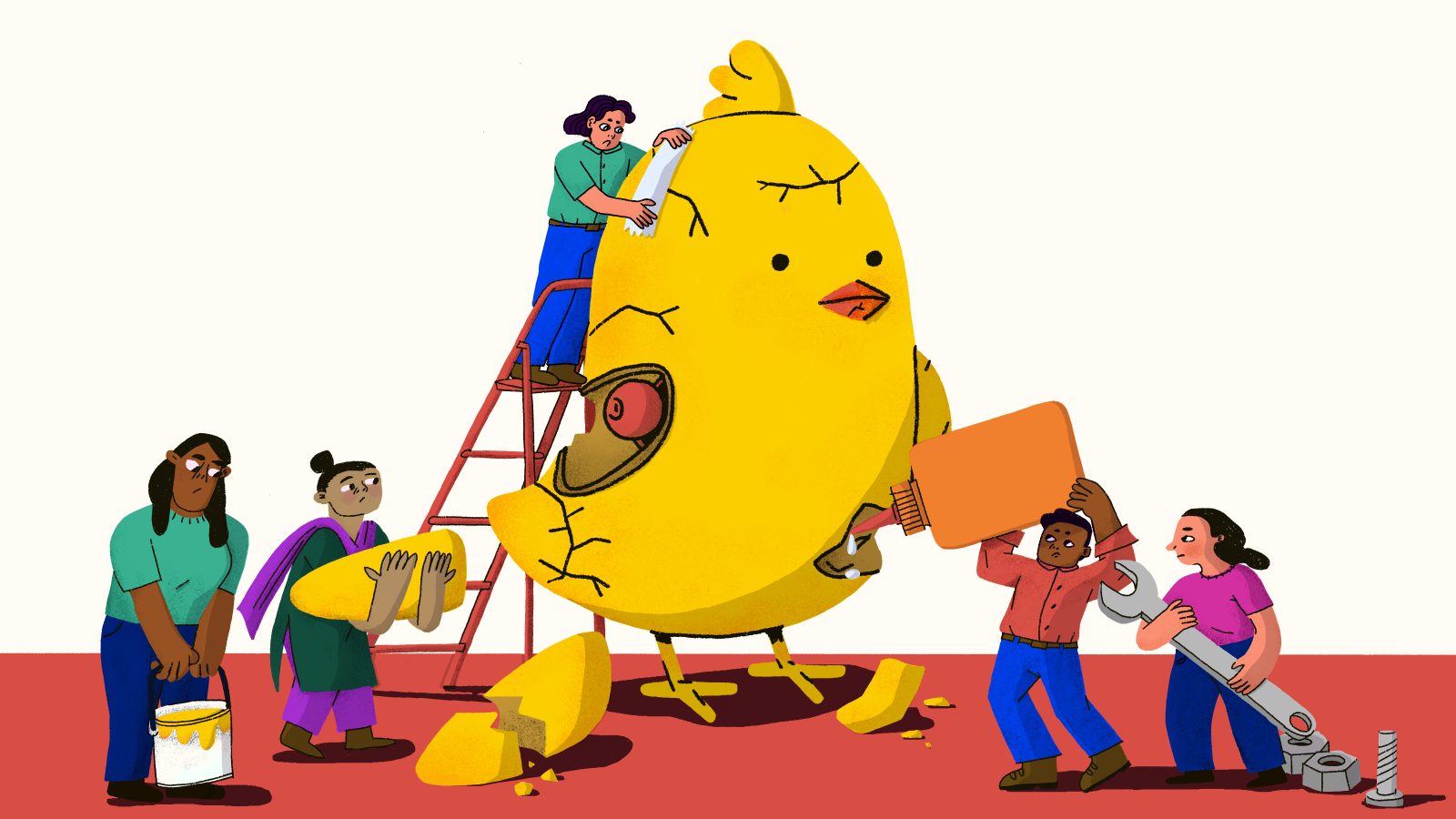The rise and fall of Koo, India’s once-thriving Twitter alternative

🌈 Abstract
The article discusses the rise and fall of the Indian microblogging platform Koo, which was positioned as an alternative to Twitter in India. It covers Koo's founding, early growth, government support, expansion to other countries, and eventual challenges leading to layoffs and acquisition talks.
🙋 Q&A
[01] Koo's Early Growth and Positioning
1. What were Koo's initial goals and strategies?
- Koo was founded in 2020 with the aim of building a social media platform for Indians, by Indians, with a focus on hyperlocal communities and content in multiple Indian languages.
- The company had dedicated teams working with smaller language groups as well as interest-based groups like local poets, media personalities, and astrologers.
- Koo positioned itself as a potential competitor to Twitter, especially after the Indian government's standoff with Twitter in 2021.
2. How did Koo gain early traction and user growth?
- Koo won second place in the Indian government's AatmaNirbhar Bharat App innovation challenge in 2020.
- The company partnered with Republic Bharat, a leading Hindi news channel, to run polls and air the results on the channel, which brought new users to Koo.
- Koo gained a significant boost in users when Indian politicians and celebrities, including Kangana Ranaut, joined the platform after tensions between the Indian government and Twitter.
[02] Koo's Challenges and Downfall
1. What were the key challenges faced by Koo?
- Koo struggled to retain and engage its user base, as new users tended not to interact with the content on the platform.
- The company lacked a clear focus, with the "goalpost" changing between copying Twitter, Instagram, and other features.
- Koo was unable to effectively moderate and remove hateful content on the platform.
- Koo was perceived as a "right-leaning" platform due to its early user base of politicians from the ruling party, which potentially limited its growth opportunities.
2. How did Koo's financial situation and funding impact its operations?
- Koo spent heavily on advertising and promotions, but struggled to generate sufficient revenue to sustain its growth.
- The company was unable to raise additional funds as investors wanted Koo to focus on monetization rather than spending on technology and marketing.
- Koo was forced to lay off a significant portion of its workforce, and the founders had to pay employee salaries out of their own pockets.
3. What is the current status of Koo?
- Koo's active user base has dropped significantly, from 7.2 million to 2.7 million between June 2023 and February 2024.
- The company is reportedly in talks for an acquisition, as it seeks a partnership with a larger entity to help with its scale and operations.
- Koo's co-founder has stated that the platform remains operational and is a "fully automated product that needs little manual intervention to function."
Shared by Daniel Chen ·
© 2024 NewMotor Inc.